MSRP (*Base Edition)
Hybrid PHEV | Sedan | 84KM
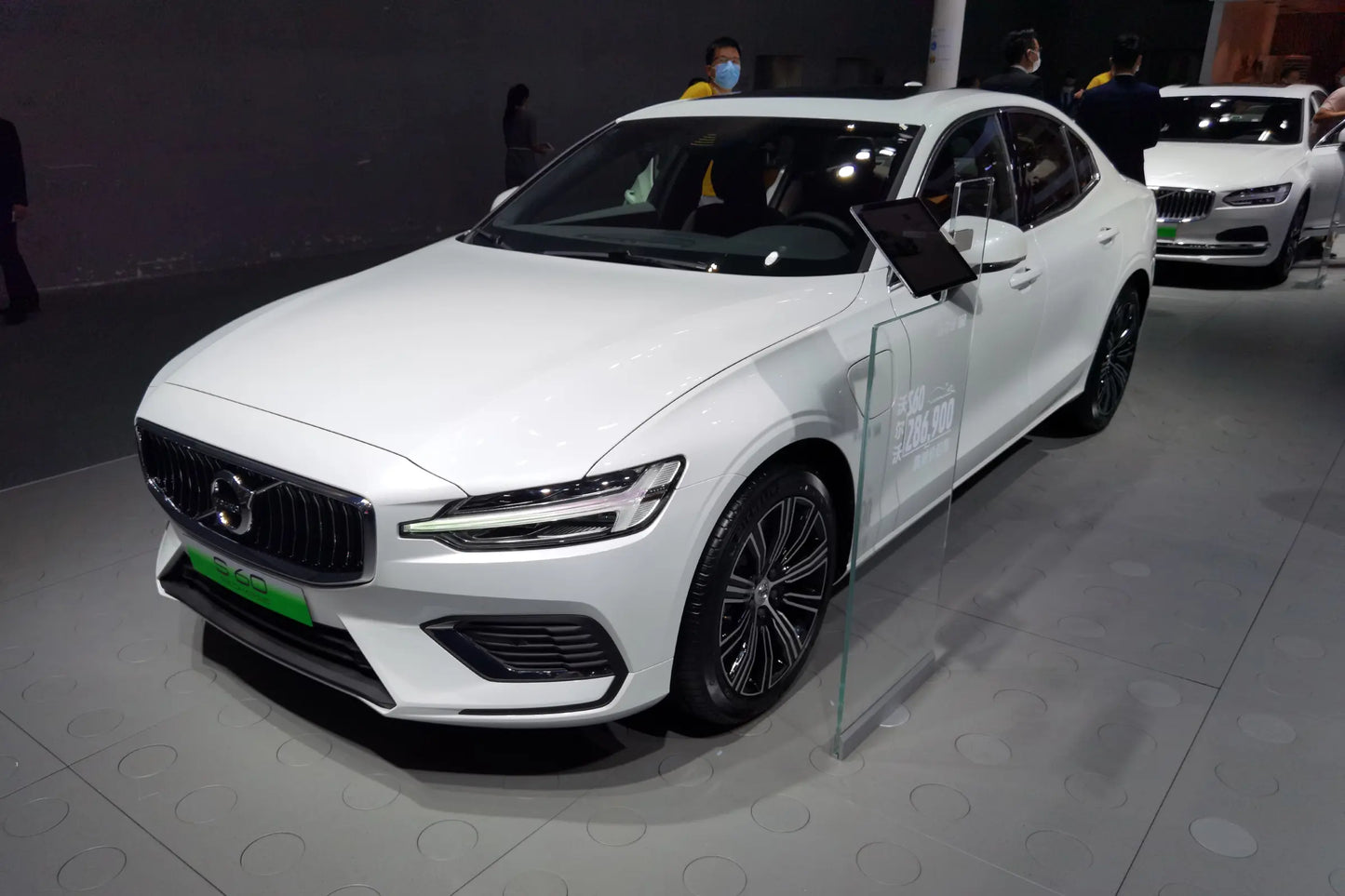
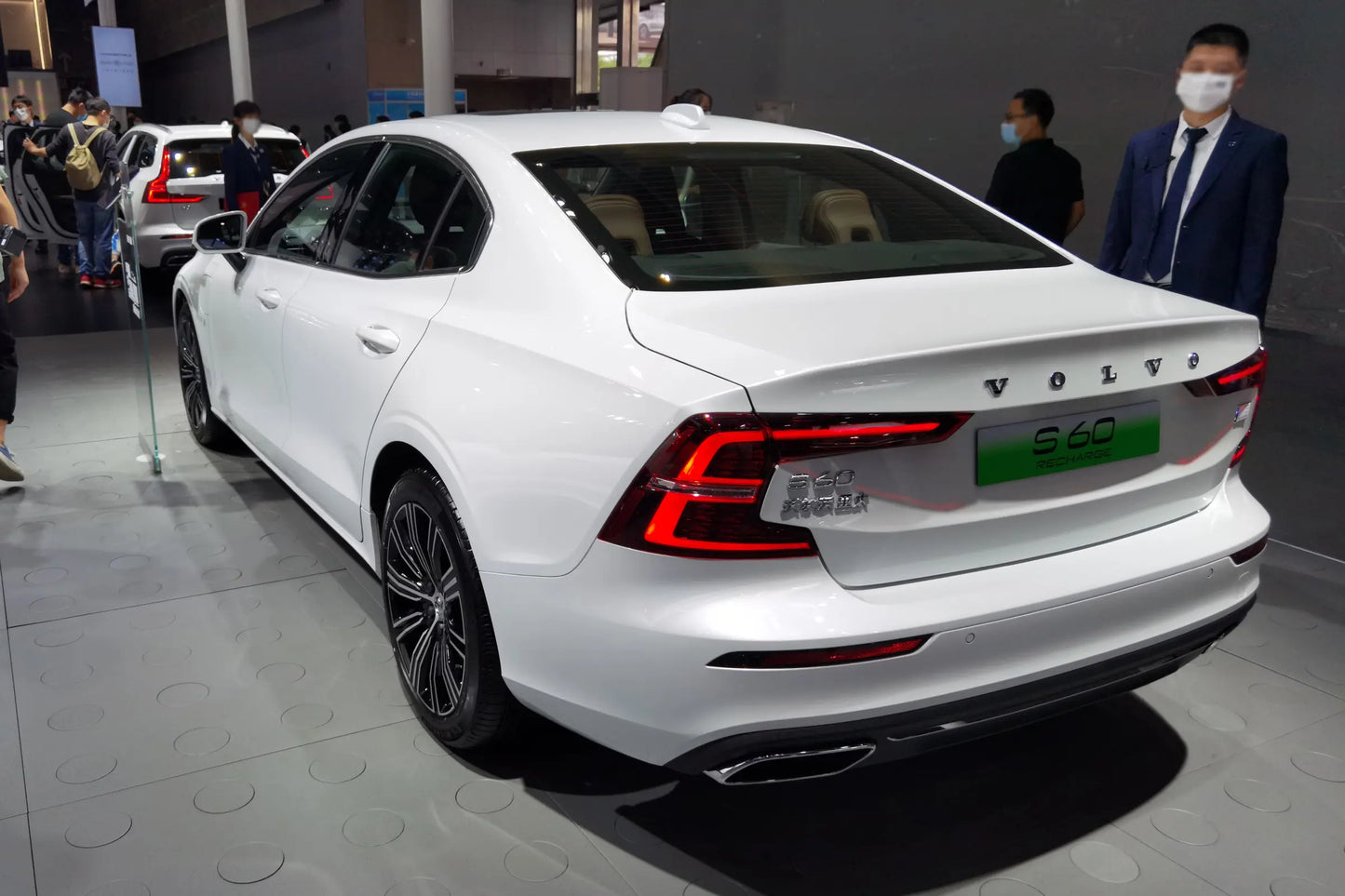
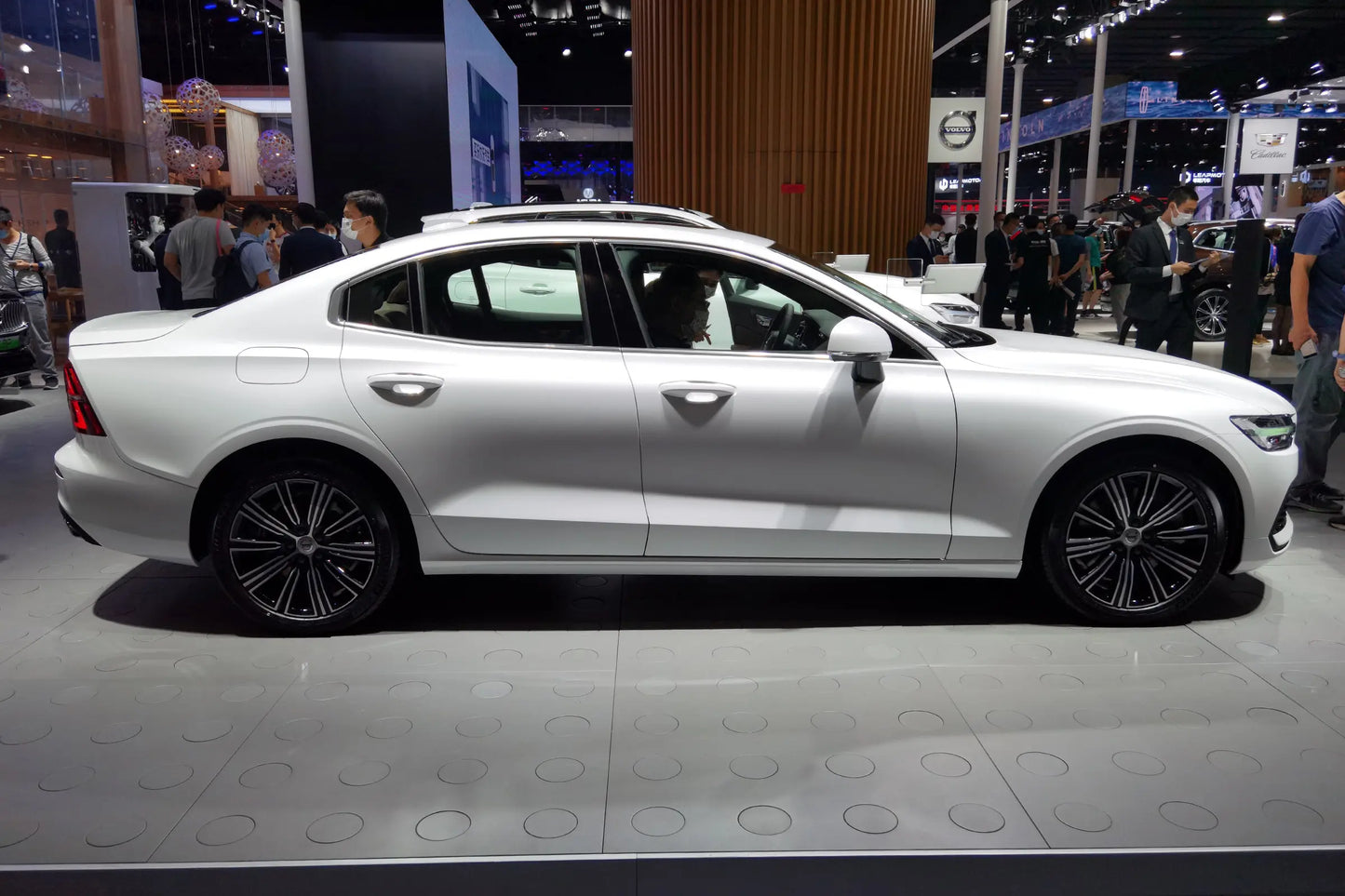
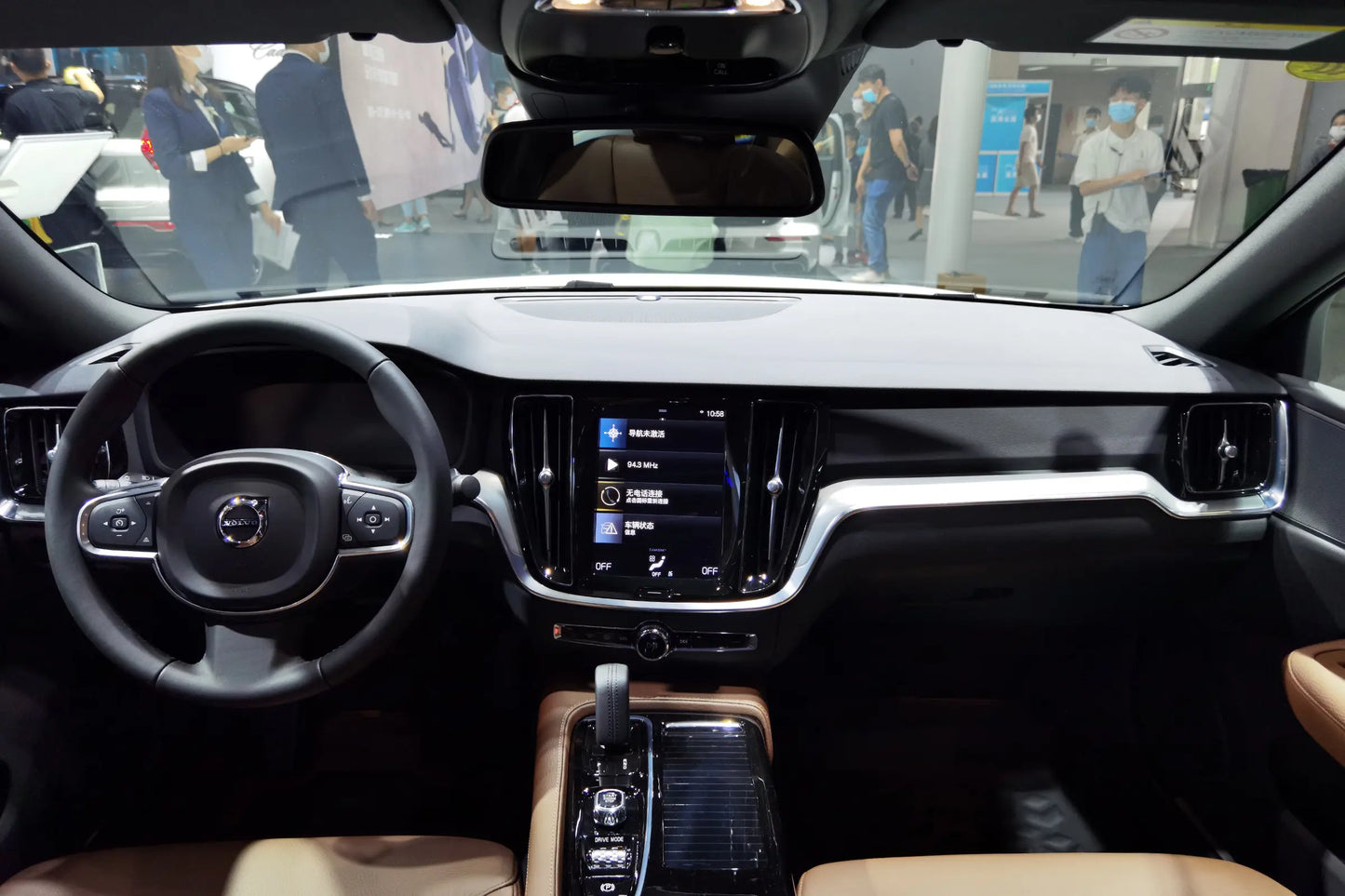
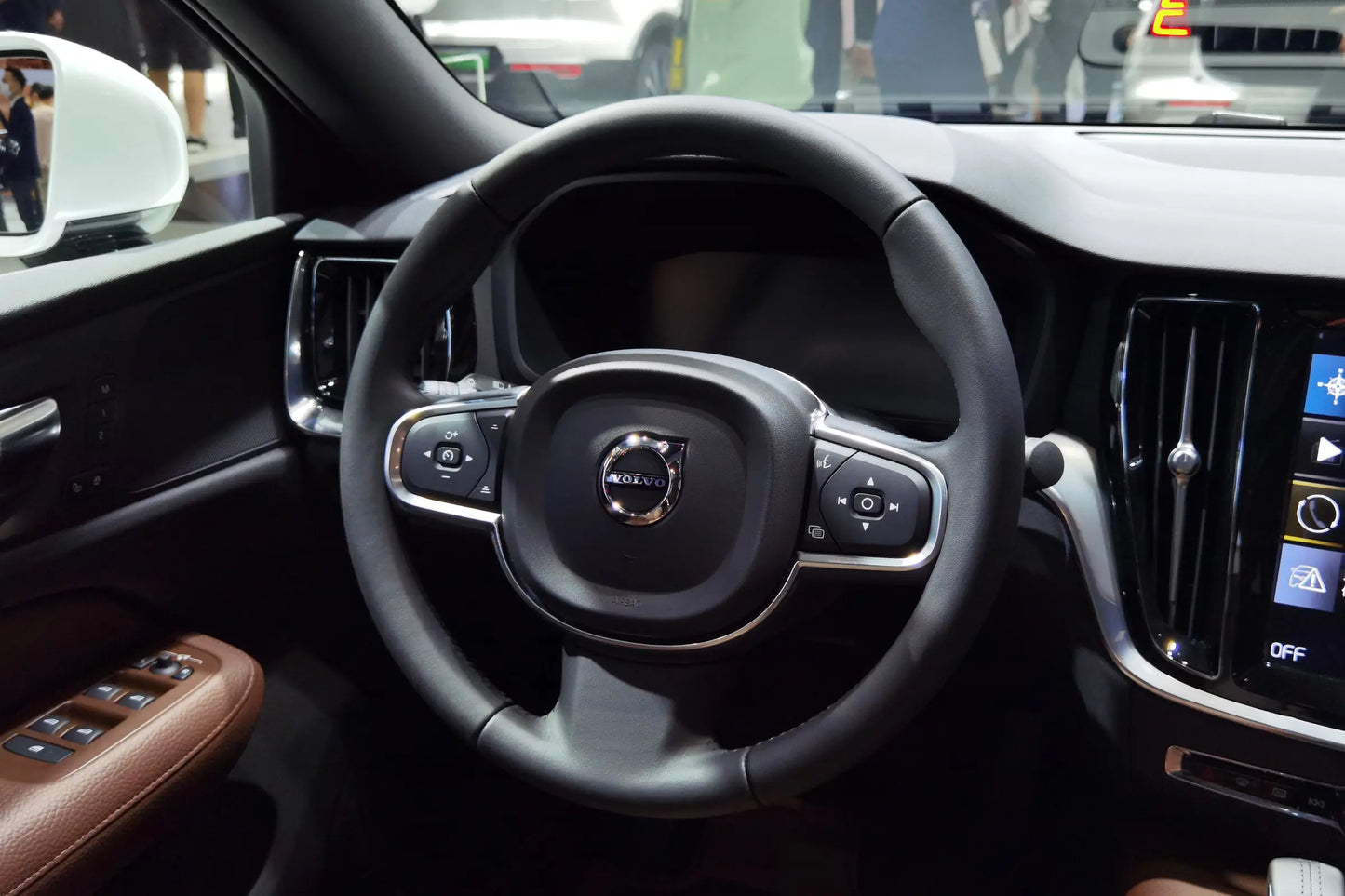
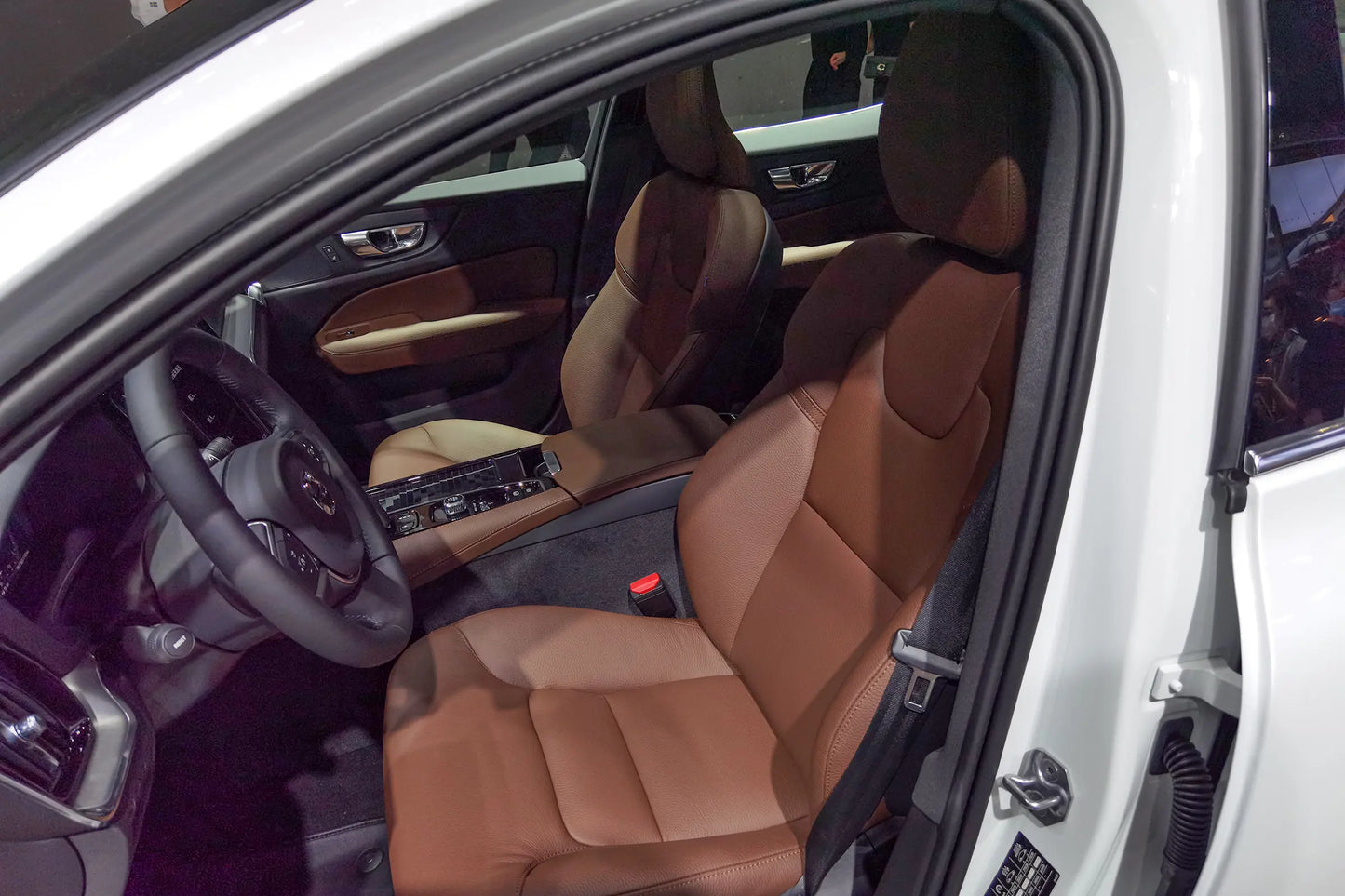
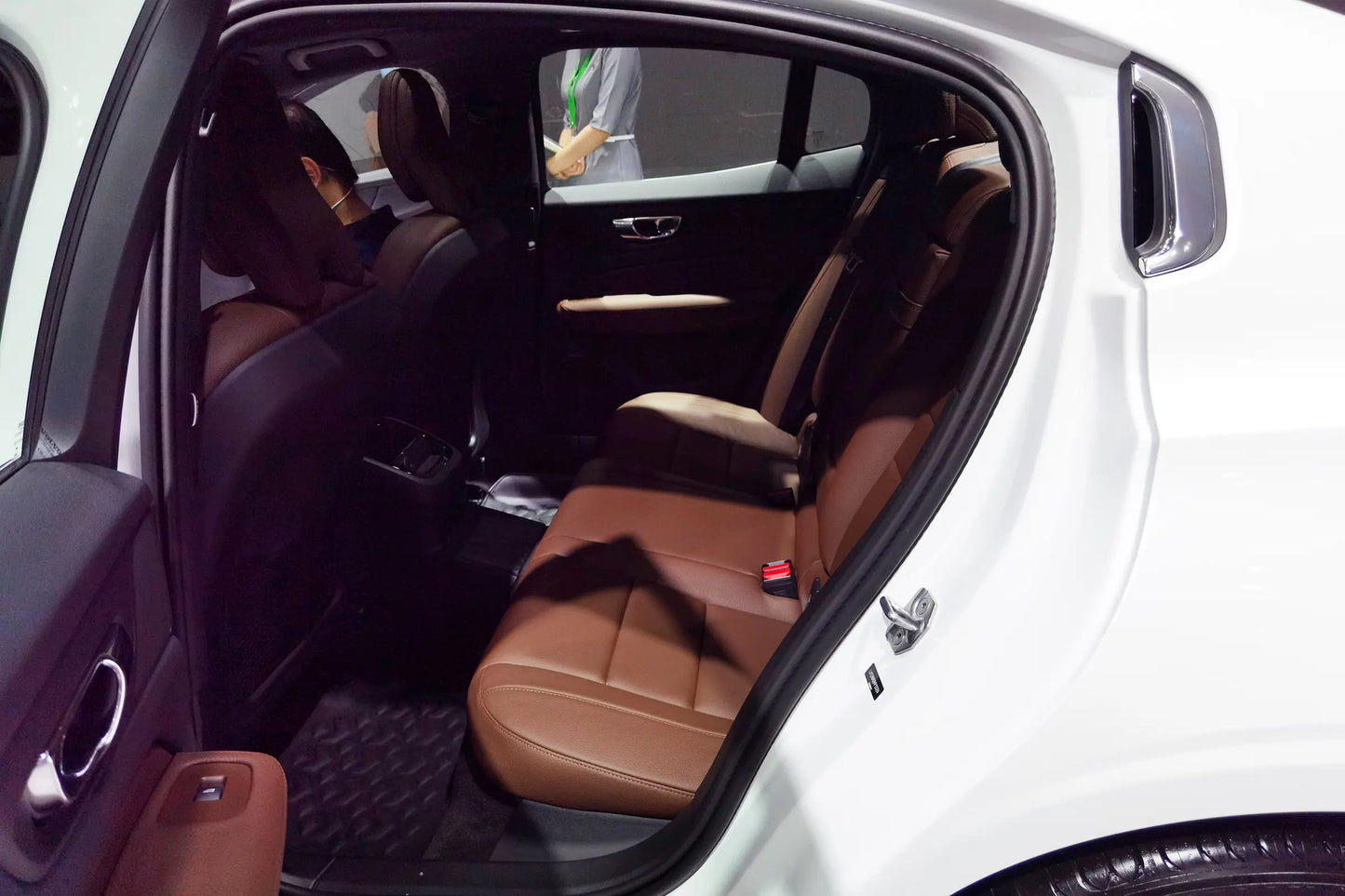
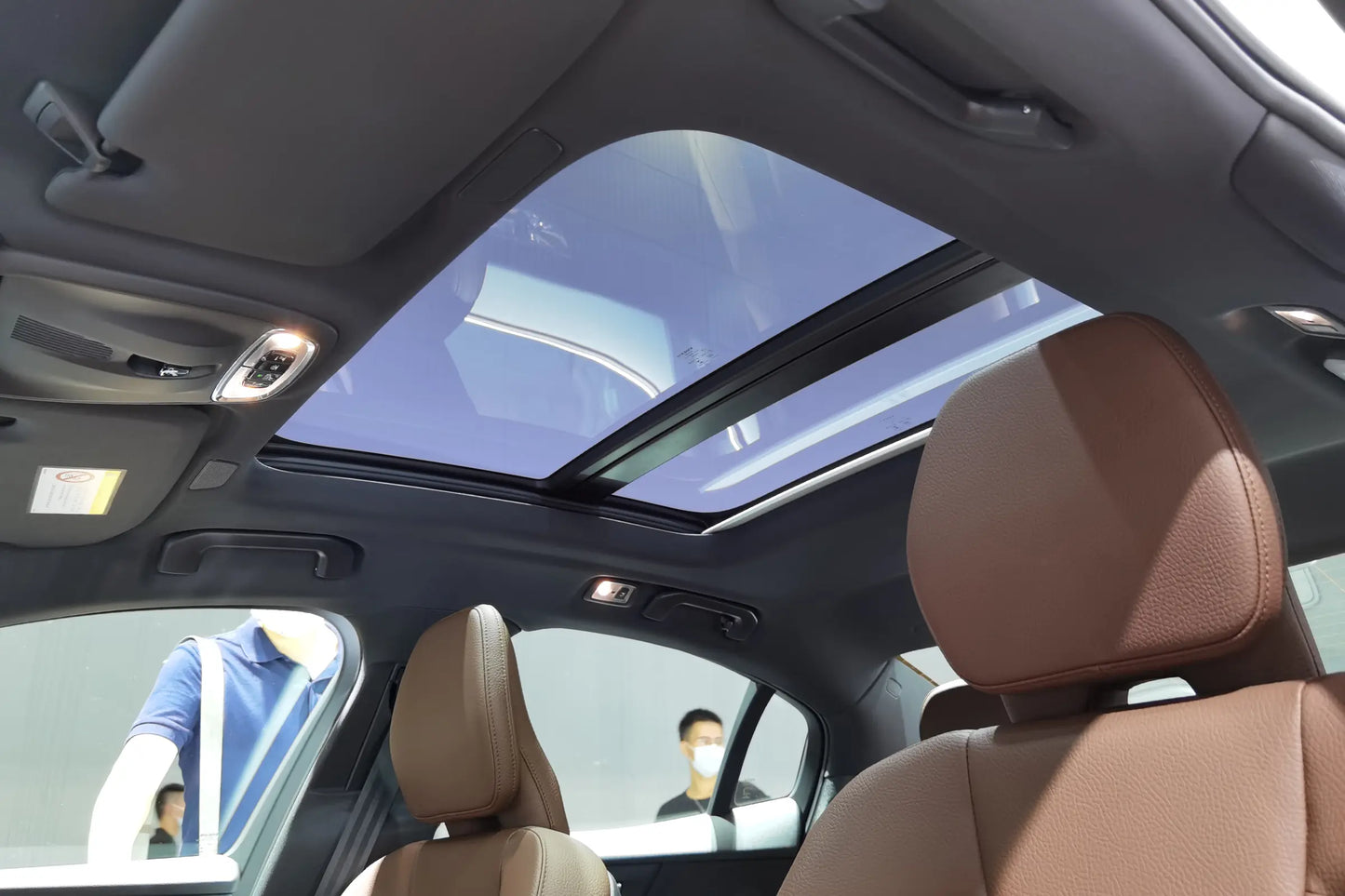
$59,985.00 USD
-
BrandVolvo
-
Vechile ClassSedan
-
Energy TypeHybrid PHEV
-
Pure Electric Range(KM)84
-
Curb Weight (kg)2008
-
Battery Typeternary lithium battery
-
Total Power of Motor (KW)107
-
Maximum Power(KW)228
-
Total Torque of Motor(N・m)309
-
Maximum Torque(N・m)400
-
Length x Width x Height(mm)4778x1850x1430
-
Official 0-100km/h Acceleration Time(s)4.7
-
Power Consumption(kWh/100km)21.9
-
Equivalent Fuel Consumption (Electricity)(L/100km)2.48
-
Battery Capacity(kWh)18.83
-
MaximumSpeed(km/h)180
-
Motor LayoutRear-mounted
-
Transmission8-speed automatic transmission
-
Displacement(L)2.0
-
Intake TypeTurbocharging
-
IDph09091
Panoramic Interiors
Video Manual
Authentic on-site shots for an immersive vehicle detail experience
Real Customer Reviews
Source: DCAR
Review A
Wanting a horse to run fast, not eat grass, and go far seems like a delusion, but it can all be achieved in the S60 T8. In recent years, as the car-buying consumer group has become younger, almost all manufacturers have focused their product design and promotion on the word "sporty", but Volvo is still trying to promote "safety" and "environmental protection", which seems to注定 that Volvo has become niche even among second-tier luxury brands. Fortunately, Volvo has high customer loyalty; Volvo fans are often die-hard fans, and with a lot of discounts and brand loyalty, it has a place in this cruel market. And Volvo's PHEV models are a niche within a niche (the monthly sales of the S60 T8 are less than 100). This is a model that is easily overlooked by everyone. The following ratings are compared with models of the same class: 1. Exterior: People often use the "性冷淡" style to describe Volvo models. Compared with the slender and冷峻 look of its big brother S90, the S60 has an open-eye design, inverted "E" shaped taillights, and upward-curving lines, making it look more sporty, which will be very popular with those who value appearance. Appearance is subjective. 2. Interior: Simple and clear, but not as premium as the C-Class or 3 Series; many people don't like the vertical central control screen, but fortunately, the infotainment system is smooth and easy to use, with only physical buttons retained for multimedia and front and rear window heating; the steering wheel design is not sporty enough and there are no paddle shifters; the all-LCD instrument panel has a good display effect but shows a bit little information; among the S60 lineup, only T8 models are equipped with an electronic gearshift lever, but it is not equipped with Volvo's iconic crystal gearshift lever, which is a bit of a pity. 3. Configuration: There are only two configurations for T8 models. Since it is the T8 Momentum, which is the low-end version of T8 models, the configuration seems a bit shabby in the lineup. Volvo's very useful Pilot Assist driver assistance system (L2 autonomous driving) is equipped on the high-end T4 but is absent on the T8 Momentum; the in-car navigation system is also blocked, resulting in not much choice in what is displayed on the all-LCD instrument panel. Besides that, CarPlay, automatic headlights, automatic high-low beam, rain-sensing wipers, seat memory, the proud City Safety active safety system (alarm, autonomous braking, and even autonomous steering to avoid danger), lane keeping, etc., are all available. Compared with the same price range, the configuration is still good. 4. Space: The disadvantage of the S60 is that the wheelbase of a standard B-class car has not been extended. The 4.7-meter length and 2.8-meter wheelbase seem short in this era of普遍加长 and can only be compared with the CT5, which also has a small interior space. But after all, it is a B-class car, so sitting four people for a long trip is no problem; sitting five is not possible, as the huge bulge in the middle of the rear row will make you immediately give up that idea. Due to the battery occupying the armrest box space, the storage space is more limited than the ordinary S60. 5. Handling: Front double wishbone and rear multi-link suspension, needless to say, it's conscientious in the industry; dual motors on the rear axle and battery placed in the middle make the vehicle weight distribution balanced and the center of gravity low (also avoiding damage to the battery in a collision). Multiple driving modes are adjustable and can also be customized, with precise steering, and the actual experience is very confidence-inspiring. 6. Power: A major highlight of the S60 T8. When it comes to safety, people may first think of Volvo; when it comes to performance, people may think of AMG, S, RS, M Power, and even those hot hatches with 0-100 acceleration in 6 or 7 seconds. Volvo also has performance cars: the engine under the hood, which won the Ward's 10 Best Engines award, uses mechanical supercharging plus turbocharging, a twin-charged 2.0T with 303 horsepower and 400 Nm of torque, which has entered the ranks of performance cars; coupled with the rear axle dual-motor configuration, this car not only has the manufacturer's claimed 391 horsepower and 640 Nm of power, but also has three driving modes: front-wheel drive, rear-wheel drive, and all-wheel drive. It can push a car weighing about 2 tons to 100 km/h in 4.7 seconds from standstill. However, it is not a pure performance car. Although it has a good foundation and fast acceleration, the acceleration feels very smooth, without the blood-boiling铿锵 feeling of gear shifts in performance cars. Volvo has integrated the three power sources very smoothly. Thanks to the assistance of the mechanical supercharger and the motor, the power is immediately available when you step on the accelerator, with no turbo lag. You can hear the symphony of the three power sources working for you, but there is a lack of driving passion. Judging from the absence of paddle shifters and the Michelin Primacy 4 tires, Volvo still wants you to drive comfortably. 7. Comfort: When it comes to comfort, another disadvantage of this car is exposed: the chassis is not soft enough but has good toughness; the sound insulation is poor among its peers, reportedly because no asphalt materials are used for environmental protection reasons. 8. Fuel consumption: After all, it is a PHEV model, and those who pay attention to it must also care about fuel consumption. To summarize: It takes about 3 hours to fully charge with a home charging pile, and DC fast charging is not supported. The pure electric range on a full charge can reach 48-50 kilometers in good weather (with a new battery), and is reduced by 40% in winter. In daily mode, the battery power is maintained through kinetic energy recovery and engine charging. When driving in hybrid mode in the urban area without traffic jams, the fuel consumption is about 6-7 liters per 100 kilometers; when stuck in traffic, it is about 10-11 liters per 100 kilometers. Fortunately, a full charge is enough for me to commute to and from work for two days, which is still very good.
Review B
Car Selection Experience: This time, I wanted to add a high-performance car to my collection. Volvo wasn't initially on my candidate list; instead, I considered the Mercedes-Benz A35, A45, Audi S4, Ford Mustang, and BMW 330i. After test-driving each, they were eliminated one by one due to their drawbacks. The A35 and A45 had noticeable turbo lag, making daily driving feel less responsive. The S4 had a stubbornly high price and a明显 unpleasant odor in the interior. The Mustang's exterior was a bit too flashy; I personally prefer the "wolf in sheep's clothing" type. The 330i didn't have any major issues, but since I already own an X3, I wanted to try a different brand. Later, after going through all the cars on Dongchedi, I discovered the Volvo T8 version. I didn't want any range anxiety, so pure electric vehicles were out of the question. There was no test drive for the S60 T8, so I tested the S90 T8. I wasn't satisfied with the weak power in pure electric mode, but I learned that the new S60 would come with an upgraded powertrain with significantly more electric motor horsepower. That made it the right choice—so I went with it!
Power: It's quite responsive, with no delay when changing lanes or overtaking; it feels effortless. The hybrid mode is very smooth for daily driving. In sport mode, the engine is louder, creating a performance car atmosphere, though not as pure as AMG's sport mode. The B gear is a one-pedal mode where lifting off the throttle causes deceleration. There are also pure electric mode and four-wheel drive mode, and you can set a personal preference mode.
Chassis: The tuning is on the firm side with good resilience, though it doesn't offer as much road feedback as an AMG. It does have a sense of luxury and isolation. Overall, the chassis feels similar to the X3, except the X3 has a slightly longer suspension travel.
Steering: It has a rather electronic feel, with adjustable weight. The steering wheel heating is very useful and heats up quickly.
Configuration: I bought the entry-level version, but it has all the features I personally care about: automatic headlights, automatic wipers, automatic air conditioning, front and rear seat heating, steering wheel heating, and lumbar support. That's enough for me; other features are可有可无. However, the lack of keyless entry is a bit disappointing.
Fuel Consumption: In a mostly depleted battery state, it's 8.7L/100km in the city. With battery power and gentle driving, fuel consumption is very low.
Summary: This car is a神器. The power performance isn't significantly affected whether the battery is charged or not.
Review C
A high-horsepower family car, suitable for car owners in their early 30s, a life stage where they still enjoy high horsepower and driving passion but are gradually becoming mature and steady.
The power is unquestionable; it's there as soon as you step on the accelerator. The electric assistance is mainly to boost the power.
The handling is excellent. The previous car was an imported Atenza, and this one feels even better. The steering is precise and responsive.
The exterior is dynamic but not ostentatious. The interior details are exquisite and the craftsmanship is good. Some people say the interior is rather traditional and not avant-garde enough, but I actually prefer it this way—steady and not showy. Personally, I prefer a car to be just a car. Everyone has different aesthetics and ideas, and we should respect each other.
I don't care much about space since there's an Odyssey at home, but this car's space performance is still good. I even wish it could be a bit smaller.
The actual electric range is 48 kilometers. Although short, I don't care. It's purely for commuting, short-distance driving, and achieving electric four-wheel drive.
In theory, the fuel consumption can be as low as 0 if you want, but I don't pay much attention to it. Anyway, I prefer the car to have plenty of power. In the first two days after picking up the car, I basically used charging mode or power mode. The current fuel consumption just after picking up the car is 16.4. For me, a pure gasoline car with fuel consumption within 12 would be satisfying.
Except for the not-so-large screen, the infotainment system is smooth to use and has a good touch feeling, just like using an iPad mini. It only supports CarPlay, so I put the淘汰的 iPhone XS Max in the car as an auxiliary for the infotainment system.










